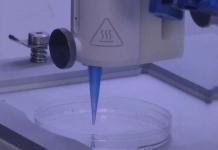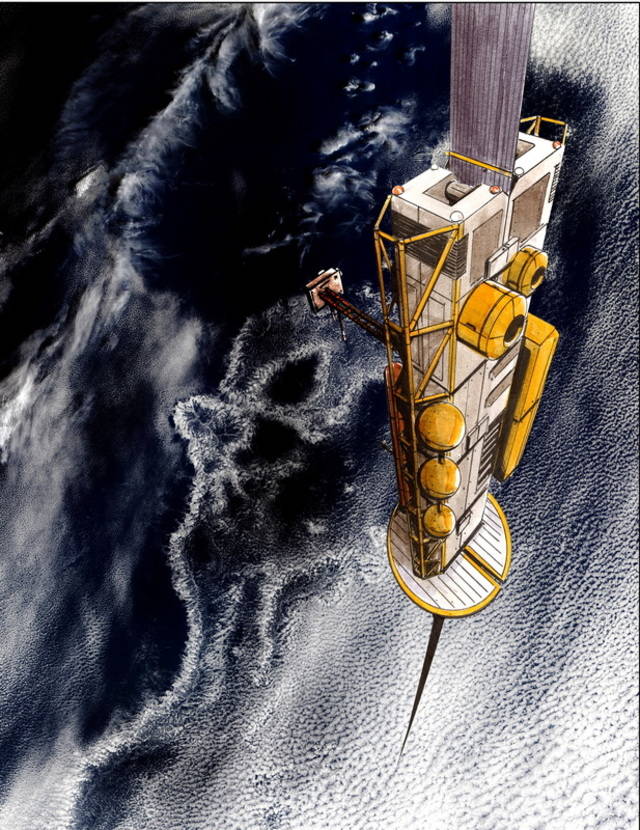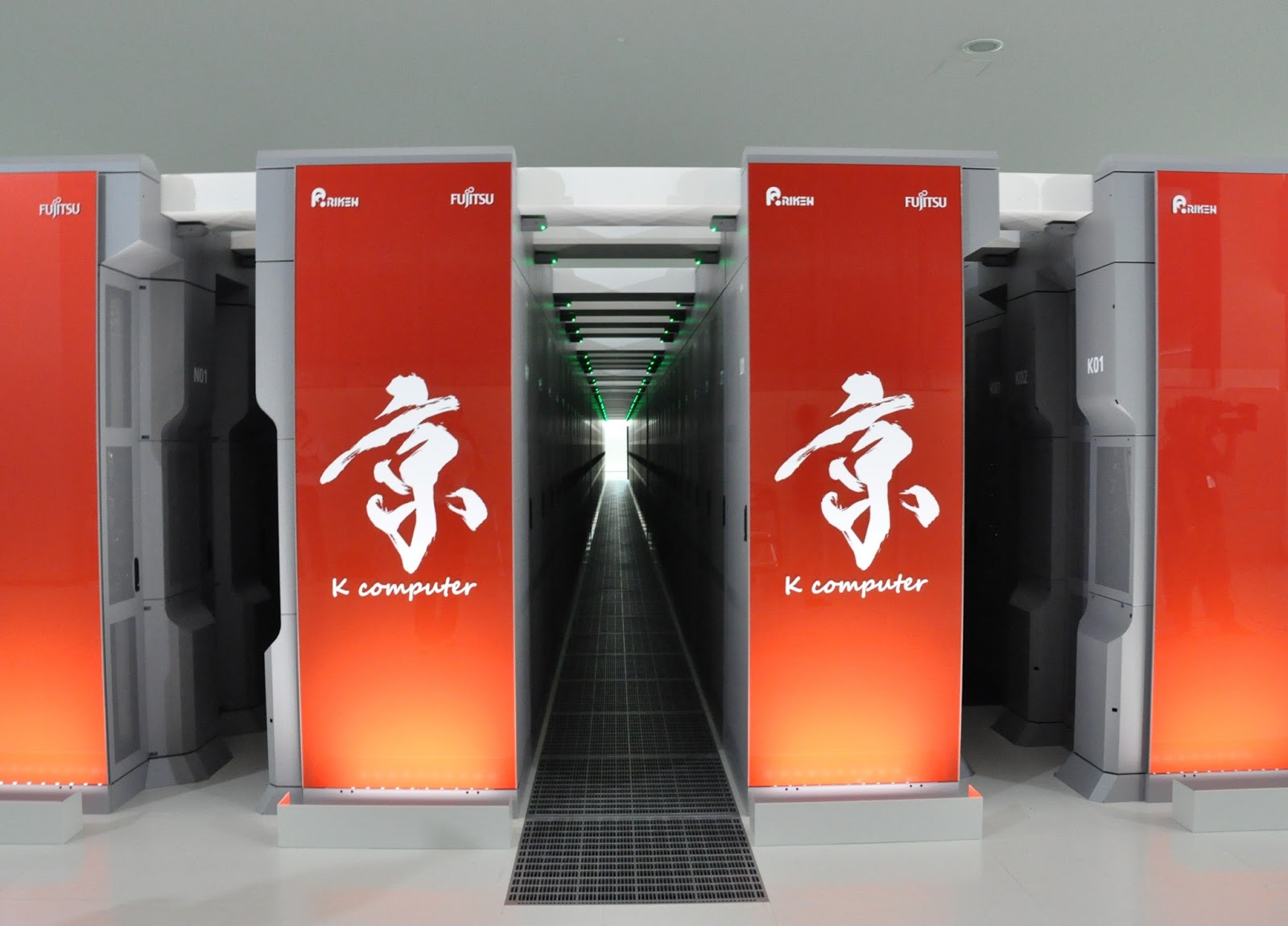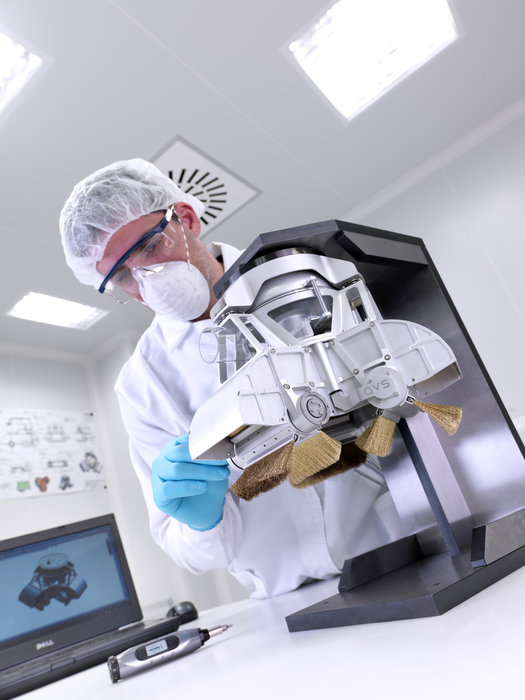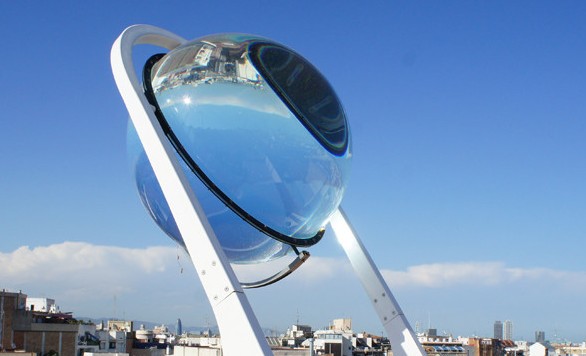What would it be like to power your smartphone with the energy harvested by its screen, or even better, to power your home with the energy harvested by its windows? Researchers at Michigan State University are about to turn this utopic dream into reality.
The fully transparent solar concentrator developed by the researchers is capable of turning any sheet of glass into a photovoltaic solar cell. There’s a lot of potential in this project, as research team leader Richard Lunt remarks that it could be implemented in “tall buildings with lots of windows or any kind of mobile device that demands high aesthetic quality like a phone or e-reader.”

A transparent solar cell is a bit of a contradiction in terms, as photovoltaic cells absorb photons and turn them into electrons (energy), fact that doesn’t theoretically happen if the sunlight goes passes through the cell. Particularly because of this reason, previous attempts of making a transparent solar cell resulted in partially transparent ones, and the one developed by Richard Lunt and his team is the first one featuring fully transparency.
The secret of their success is represented by the transparent luminescent solar concentrator (TLSC), which is made of organic salts that transform non-visible wavelengths of infrared and ultraviolet light into a different, non-visible infrared light. The resulting infrared light is in turn transmitted to the edge of the plastic, where typical photovoltaic solar cells transform it into electrons, and thus energy.
As expected, the main problem with this transparent solar cell is represented by its efficiency, which currently is of only 1%. However, the researchers are confident that an efficiency of 5% is attainable.
Ideally, this technology would become more efficient and would start being adopted by smartphone manufacturers and window makers. Green energy is becoming a more ardent problem with each passing day, and every development in this field should be exploited to the fullest. For the time being, the sun represents an infinite source of energy, and we should really take advantage of that. In other words, I also dream of cars that are powered by such transparent solar cells placed in their sun roofs. Of course, there are many other possible applications, so we just need to wait for this technology to become widely spread.
Be social! Follow Walyou on Facebook and Twitter, and read more related stories about the temporary tattoo lactate sensor that turns sweat into a source of energy, and the Pavlok fitness band that runs 340 volts through your body to keep you motivated.

